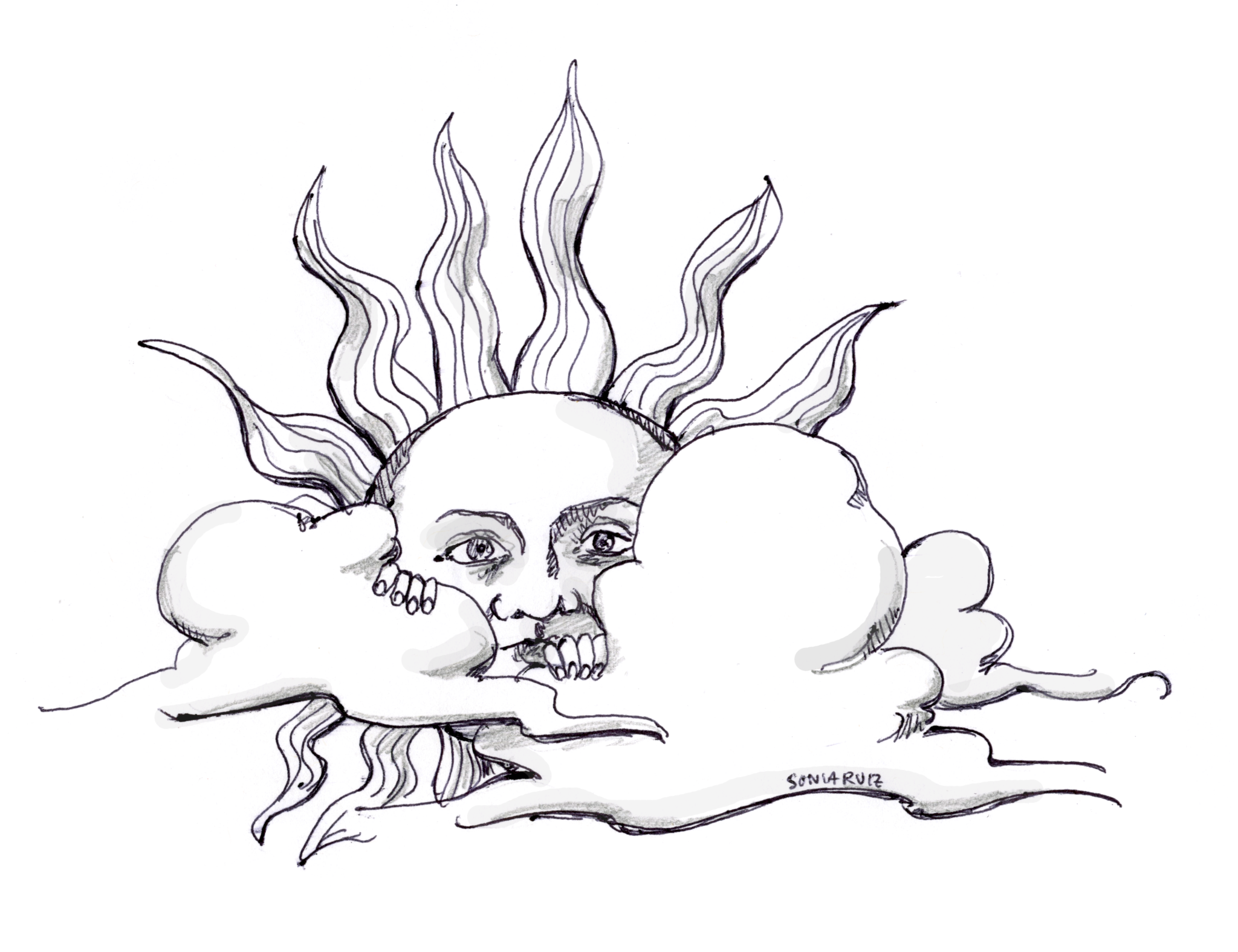
Sonia Ruiz
I made her cry. Maybe it was because she saw her kids in me and wouldn’t want the same for them. She — Kathy — was blessed with an American name by immigrant parents who wanted life to be easier for her and had confounded me with her tears. It was the recounting of racism in my sexual experiences that made her cry.
I can’t remember the first time I encountered racism in a sexual setting, and I can’t always draw a definite line around what my experiences with racism in sexual settings are. They are like images added to a collage, memories slowly adding up, slowly changing the color and consistency of the final product. The final product: the only thing which I can analyze independently.
In my senior year, I was added to a Facebook group called “Grindr Aesthetics.” Top posts included screenshots of one-liners like: “got hung? Need jaw realigned” and perennial questions like: “I blew my professor and now he’s writing my med-school rec. Does that make me a whore?” My friend promised hilarity, but I developed a serious understanding of discrimination in sexual situations and found a reason to leave the group. One post spoke to me with particular clarity: “no curries.”
With this in mind, I entered Yale prepared. In the twin XL mattresses, I found a few comments about my skin color, some of which were meant as compliments and most of which I’ve forgotten. At parties, I used to get a lot of: “You’re really attractive for an Indian,” and, from a friend trying to set me up, an explicit: “He’s only into white boys.”
Here’s an explicit response: If he’s only into white boys, he’s racist. Thanks, Yale first years, my entire race is generally unattractive. And truly, I’m not sure what other people want to hear in bed about their skin colors, but I want none of it, unless you’d like to point out I look more tan because I went to the beach or more pale because of Yale.
On “Grindr Aesthetics,” every white gay was (to an uncomfortable degree) apologetic for their privilege. I expected something similar at Yale, which is not the case. Being a queer person of color, I find that the experiences I’ve had can be fairly different from my white queer friends. My parents had no conception of queerness before they moved to the states, and, even after they moved here, it wasn’t a topic of conversation in my home. When I first said the words “I’m gay” to my mom, she begged me not to tell my father. She feared that he would pull me out of school in an attempt to straighten me up. Growing up, I had no idea that I — a person of color — could be queer. It was only an option for white boys.
I have had sexual interactions that don’t involve questions of race, but thinking about racism is inseparable from my thinking about sexual interactions. This is part of why Kathy’s tears confused me. It doesn’t hurt, and it doesn’t surprise me anymore. I don’t know any different. I know how I want to be treated and I know what I consider respect, but the color of my skin is something that won’t change, and racism in sexual settings is something I can never be unprepared for.
What confuses me are the experiences which aren’t racism, but still make me conscious of my race. They’re not bad, only bewildering, because I’m not conscious of my skin color without prompt. Before one of my first hookups, the boy said: “Imagine if my suitemates see us.”
“Why would it matter?” I asked.
“I don’t know, just imagine their reaction to two brown boys in bed.”
Once, while walking hand in hand with a white boy, our fingers interlaced dark against light. I wondered if people stared or only noticed.
I wanted this column to be about reduction and division. About how I’ve felt reduced to two words — gay and Indian — and separated into identities based on my race and sexuality. After my first year at Yale, I reflected on how someone had referred to me as his “gay, Indian friend.” If I had referred to him, straight and white would have taken a back seat to great and sweet.
I feel divided because, when I enter spaces at Yale governed by what feels like only one part of me, I feel an urge to talk about the rest of me. I rarely let a conversation in the Asian American Cultural Center slide without making my sexuality clear. I can’t talk about my queerness without describing how my experiences as a queer person are tied to my being a person of color. When I attend an event targeted towards one part of me, I work to consciously bring all of me to the table.
I feel reduced by the onus of my identity. My experiences are unique. If I don’t speak for people like me, who else will? Yale, despite being racially diverse and the “gay” Ivy, is populated by many white and straight spaces. Those spaces make me uncomfortable because they are populated by people who often don’t have an understanding of experiences critical to my existence. At Yale, I feel different because of my identity and beholden by it to challenge Yale.
This column is my response to feeling reduced and divided. My experiences on a daily basis are indivisible along lines of race and sexuality. Yale is a space where I will make myself heard, by Kathy and by everyone.
Frankie | frankiegallistal@gmail.com .







